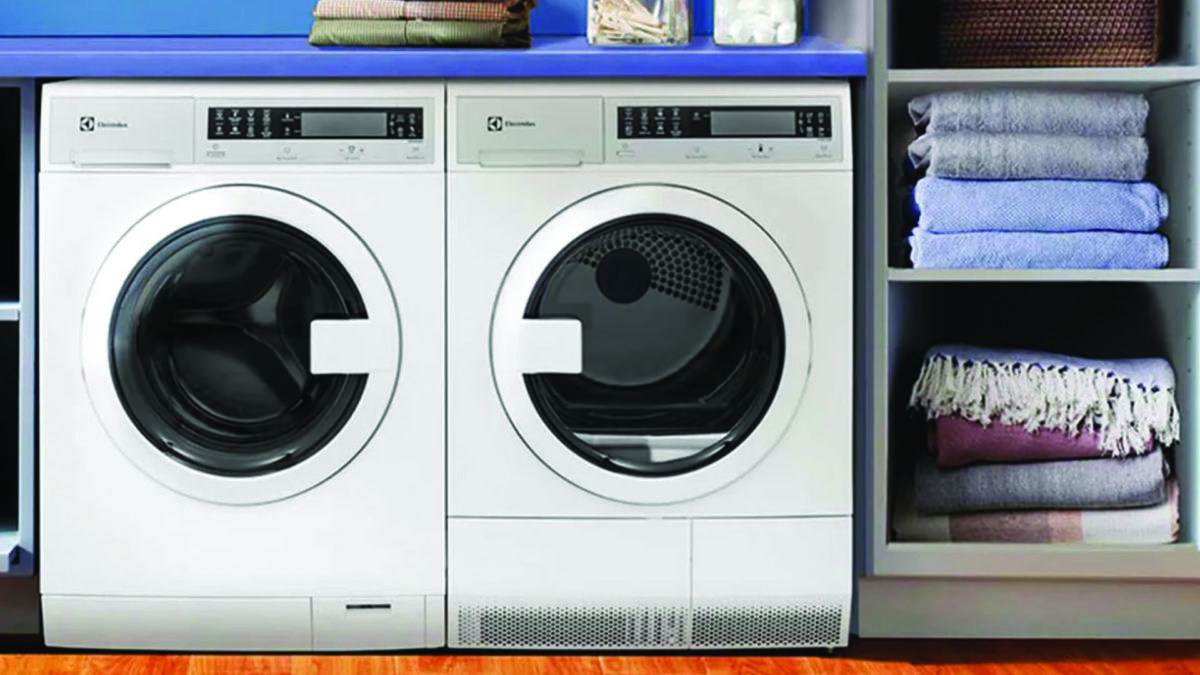10 Tips for Preventing Winter Home Fires
The months from December to February are peak months for house fires, with the number of fires increasing significantly between December and January. According to the Red Cross, fires can occur at any time, but spike on Saturdays and Sundays between 6:00 and 7:00 p.m. As you and your family use the fireplace, space heaters, and other heating methods this winter, you may benefit from a few additional fire safety tips! Here are 10 tips for preventing winter home fires this season.
1. Only burn dry firewood
When lighting your fireplace, be sure to only use firewood -- treated or painted wood will release chemicals into your home, increasing the risk of fire. Additionally, be sure that the wood you choose to burn is dry and cured, with no dampness.
2. Clean your chimney
Ideally, chimneys should be cleaned a minimum of twice a year. Before lighting the fireplace for the first time of the season, be sure the chimney is clean and free of obstructions.
3. Check smoke detector batteries regularly
It is recommended that smoke detectors batteries be checked a minimum of twice a year, but in the winter months, the Red Cross encourages families to check the batteries once a month to ensure they are working properly.
4. Use a safety screen on your fireplace
A safety screen will stop logs from rolling out of the fireplace, and prevent sparks from spreading into the living area and igniting. This is especially important if you have carpeting or hard wood flooring in front of your fireplace!
5. Use space heaters carefully
Follow the instructions given by the manufacturer for use, ensuring that the heater is on a flat, stable surface. Be sure that all space heaters are turned off before leaving the room or going to bed at night.
6. Check the water heater
It is important to check the health of your hot water heater, especially in older homes. As water heaters age, the heating element and thermostat can deteriorate, causing a flash fire, especially if it's located in a location susceptible to wind or change in air supply.
7. Clean out dryer ducts
Many home fires begin in the laundry room, because many people neglect their dryer ducts. The duct connecting to the back of the dryer can collect flammable lint, and should be cleaned out at least once a year.
8. Add firewood slowly
Keep an eye on the fire as it burns in the fireplace, adding wood slowly as needed, rather than all at once.
9. Open the damper and fireplace doors
It is important to keep fireplace doors open while a fire burns to allow heat to circulate through the room. The damper should also be kept open throughout the length of the fire.
10. Keep heated areas clear
Don't place anything directly in front of a heat source, whether it's a fireplace or a space heater, as this can increase risk of a fire.
Click here to download a shareable fire prevention infographic!






